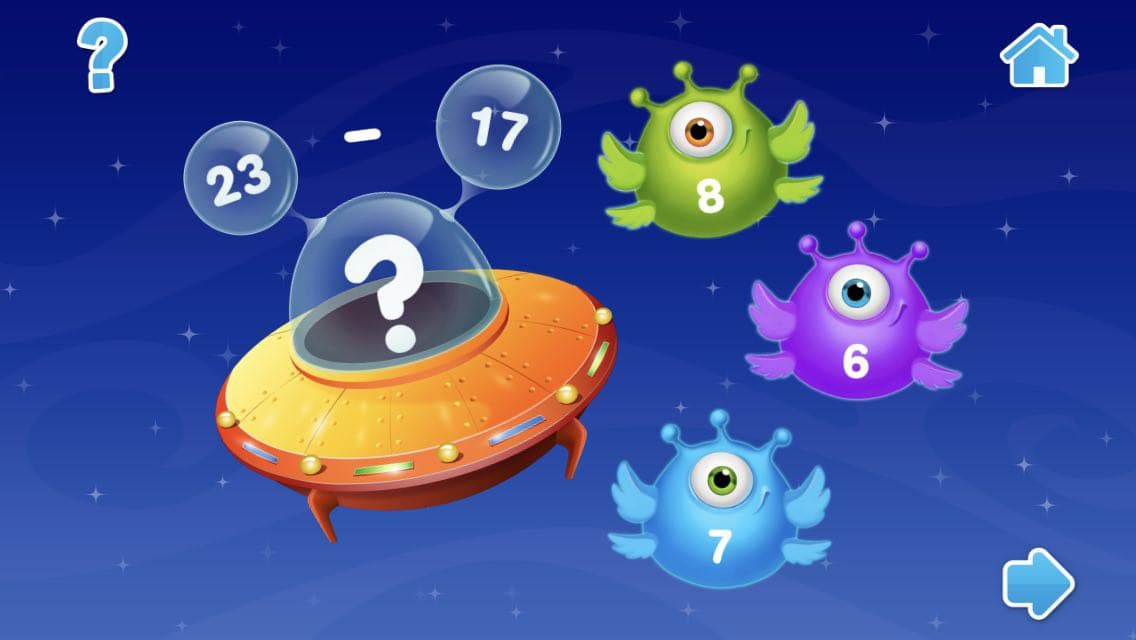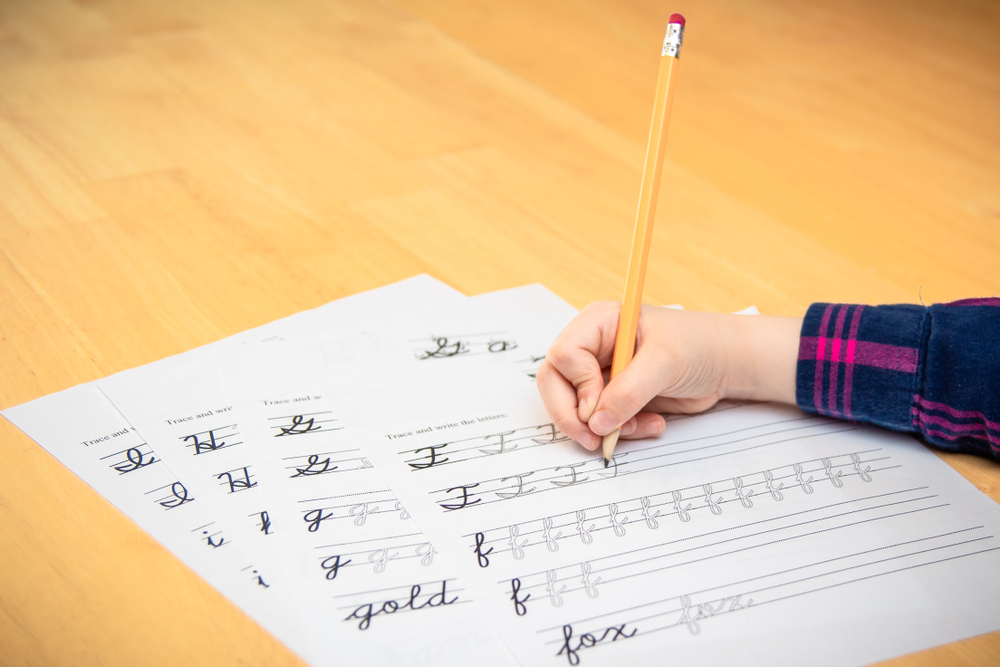Letter formation Normal Tracing Letters Worksheets for Ages 4-7
3 filtered results
-
From - To
Our "Letter Formation Normal Tracing Letters Worksheets for Ages 4-7" are designed to make early writing practice a fun and engaging experience. These worksheets help young learners develop fine motor skills and proper penmanship by tracing both uppercase and lowercase letters. Each sheet features clear, intuitive guides and ample tracing space to ensure children gain confidence in their writing. Perfect for both classroom and home use, these worksheets support alphabet recognition and phonics readiness, setting a strong foundation for future reading and writing success. Explore our range of printable tracing sheets and watch your child's writing flourish.


Letter P Tracing Page


Uppercase Letters G, H, and I Worksheet


Letter G Tracing Page
Letter formation is a fundamental skill for young children, often developed between the ages of 4-7. Proper letter formation is crucial for several reasons, and parents and teachers play critical roles in supporting this early learning process. Firstly, accurate letter formation lays the groundwork for legible handwriting. When children form letters correctly from the start, it helps to ensure their written communication will be clear and understandable, a skill they will rely on throughout their educational journey and beyond.
Furthermore, learning proper letter formation supports fine motor skills development. By guiding children through normal tracing activities, we help them build the hand strength, dexterity, and eye-hand coordination necessary for writing and other everyday tasks. Fine motor skills are integral not just to handwriting, but also to tasks like buttoning a shirt or tying shoelaces.
Moreover, early success in letter formation fosters confidence. When children see they can master tracing and writing, they tend to approach learning other subjects with a positive attitude and greater resilience.
Finally, letter formation is closely linked to literacy. Knowing how to write letters correctly aids in learning to read, as it reinforces letter recognition and phonetic awareness. This holistic development approach in literacy ensures that children have a strong foundation as they progress through their educational stages. Therefore, prioritizing proper letter formation is vital for creating a smooth, successful academic and personal development pathway for young children.
 Assign to My Students
Assign to My Students














